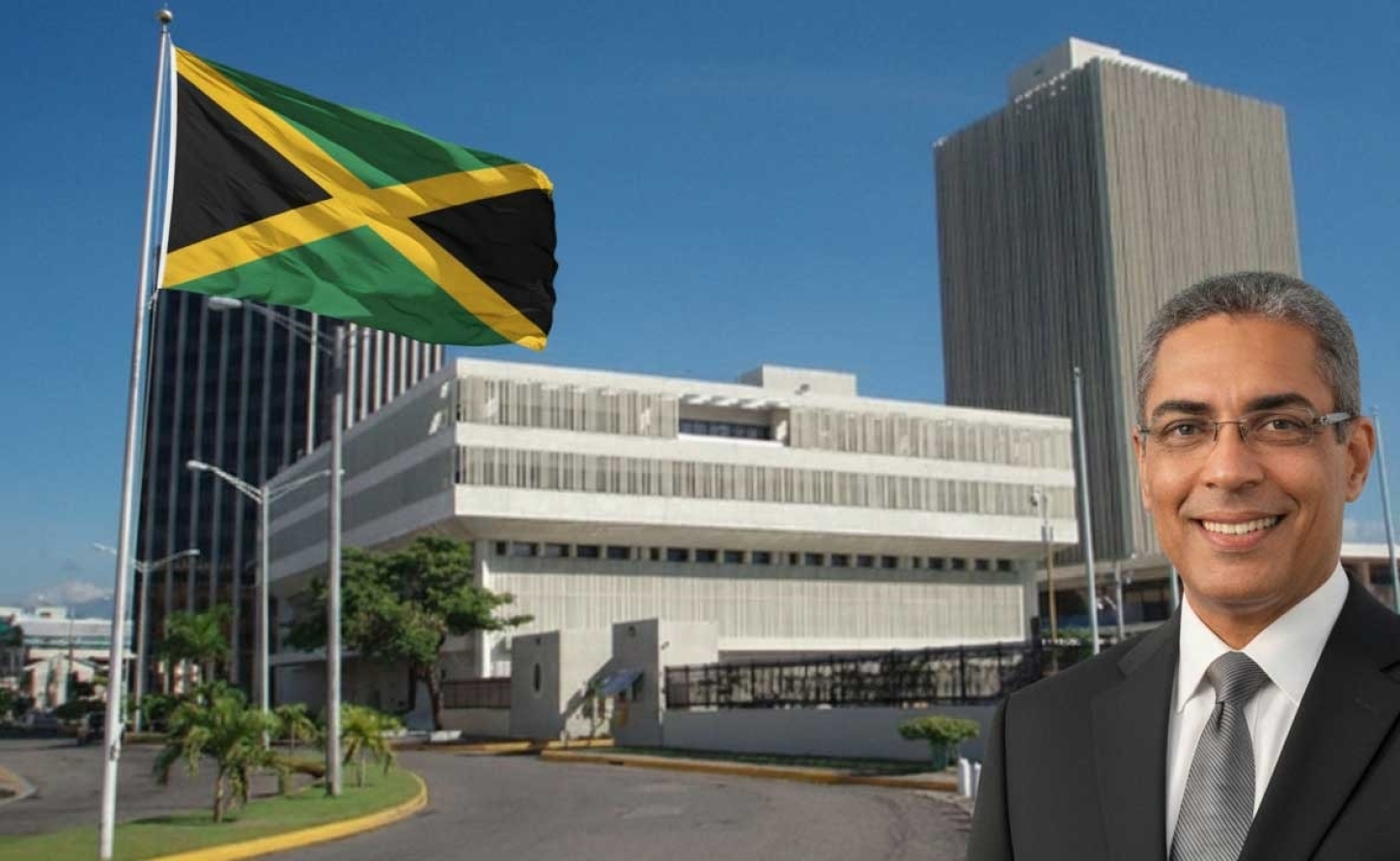JAMAICA'S Monetary Base Surges $11 Billion as Economic Indicators Show Strength

September data reveals robust liquidity growth and strengthening external position
MONTEGO BAY, Jamaica – October 8, 2025 – Jamaica's monetary base expanded by $11 billion in September, climbing to $427.5 billion from $416.5 billion at the end of August, signaling increased liquidity in the financial system and heightened economic activity as the year approaches its final quarter.
The monetary base—comprising notes and coins in circulation plus commercial banks' current accounts and statutory cash reserves held at the Bank of Jamaica—provides a critical gauge of money supply fundamentals and banking system liquidity.
The September increase reflects broad-based growth across all components, with commercial banks' current accounts posting the most significant jump.
Breaking Down the Growth
Currency in circulation rose modestly, with paper money increasing by $815 million to $275.2 billion and coins climbing $121.3 million to $7.4 billion.
While these increases suggest steady consumer spending and cash-based transactions, the more significant story lies in the banking sector's balance sheet.
Commercial banks' current accounts at the central bank surged by $8.9 billion to $67.9 billion in September, up from $59 billion in August—representing the largest single component of the monetary base expansion.
This 15% month-on-month increase indicates banks are holding substantially more liquidity at the central bank, potentially positioning themselves for increased lending activity or reflecting higher deposit inflows.
Statutory reserves—the mandatory cash holdings banks must maintain at the central bank—also climbed by $1.1 billion to $76.9 billion, consistent with growth in the overall banking system's deposit base.
Strengthening External Position
Complementing the domestic monetary expansion, Jamaica's Net International Reserves rose by US$44 million to US$6.195 billion at the end of September. This improvement was driven by a US$37.6 million increase in foreign assets to US$6.22 billion, while foreign liabilities declined to US$22.7 million from US$29.1 million in August.
For investors and the business community, this dual strengthening—expanding domestic liquidity alongside growing international reserves—suggests Jamaica's external buffers remain robust even as internal money supply grows.
The near-simultaneous rise in both indicators typically signals an economy experiencing capital inflows rather than monetary expansion funded by reserve drawdowns.
Business and Investment Implications
The monetary data presents a mixed outlook for different stakeholders. For businesses seeking credit, the substantial increase in commercial banks' current accounts suggests improved lending capacity within the financial system.
Banks holding higher balances at the central bank typically indicates either cautious optimism about future lending opportunities or a temporary parking of funds ahead of deployment.
However, investors should monitor whether this liquidity translates into actual credit growth or remains sterilized in bank reserves—a distinction that will determine whether the monetary expansion fuels real economic activity or simply reflects precautionary holdings.
The strengthening international reserves provide comfort for foreign exchange market participants and importers, suggesting exchange rate stability remains sustainable.
For export-oriented businesses and diaspora remittance recipients, the improved external position reduces concerns about foreign currency availability.
As Jamaica navigates the final quarter of 2025, these indicators suggest a financial system with adequate liquidity buffers and external strength—conditions that typically support economic stability, though the ultimate impact will depend on how effectively this liquidity channels into productive investment and credit growth.
-30-

 En
En  Ar
Ar